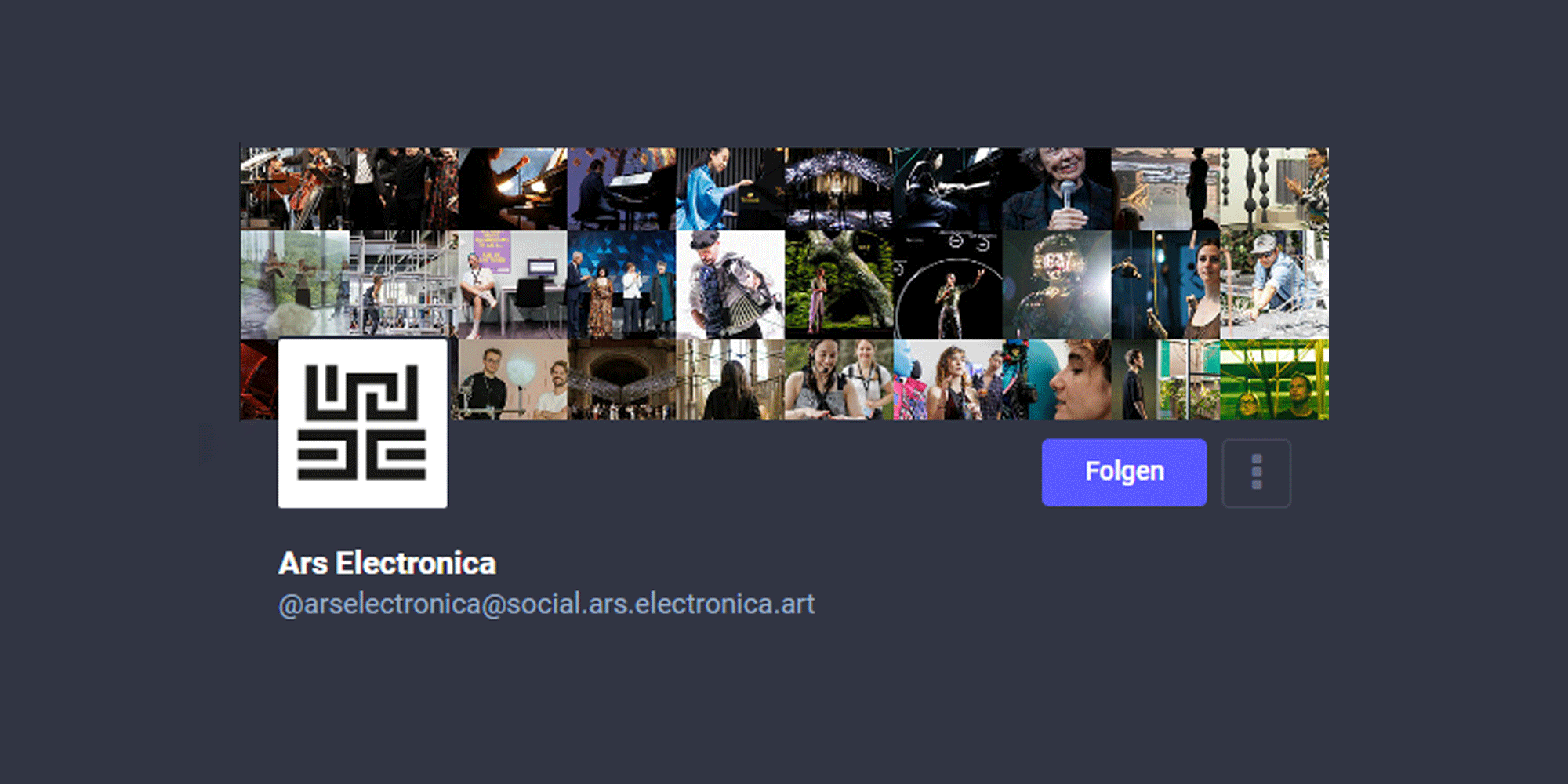Technical failures, a lack of employees, and an unpredictable owner caused Twitter 2022 to lose more and more popularity and many users to look for an alternative. Mastodon, an open source platform founded by Eugen Rochko in 2016, gained popularity and became the most popular Twitter alternative. More than 500,000 new users flocked to the platform in just a few days, and activity exploded. We, too, looked around for alternative options and, after some research, became aware of the social network. But what exactly is Mastodon, how does it differ from Twitter and how do we use the social networking platform for our content? In the following, we’ll give you a little overview.

Mastodon vs. Twitter: What’s different?

The Fediverse refers to a network of federated, independent social networks, microblogging services, and websites for online publication or data hosting.
Named after an extinct elephant-like creature that last lived on Earth more than 10,000 years ago, Mastodon offers a decentralized structure. While Twitter is controlled by a single company, Mastodon allows individuals or organizations to set up a server (called an instance) and host users on it. These servers often represent geographic regions or areas of interest. Once users join a server, they can chat with others on that server or post to the entire “Fediverse”. Messages posted on most servers can be read by the entire Mastodon community, unless users choose not to.
Unlike Twitter, where messages are limited to 280 characters, Mastodon offers up to 11,000 characters per message depending on the server instance (though only 500 characters by default). Another important difference is how users come across content: On Mastodon, there are no algorithmic recommendations like on Twitter. Instead, what users see depends on who they follow and what those people share. Until the recent influx, the Mastodon community was small and carefully curated. It consisted mainly of hobbyists with a “geeky” bent. For this reason, the interactions on Mastodon are a bit different from those on Twitter, as the conversations seem much more intimate.
Another advantage of Mastodon is the ability to post on different server instances, making it easier to talk to like-minded people. Mastodon has a natural state of conversation, while Twitter is more focused on performativity. However, it is unclear whether the culture on Mastodon can be preserved in the long term, especially after the recent influx of users* who bring their habits from Twitter. Some users fear that this could lead to a change in the nature of manners that more closely resembles those on Twitter. Some journalists who have become accustomed to sharing their work without engaging in conversation too often have already been admonished by veteran users.

All better?
Although Mastodon is an attractive alternative to other social media platforms for many users, there are also some aspects that don’t work so well on Mastodon. For example, Mastodon’s decentralized structure can be confusing for some users, especially those who are used to being on centralized platforms like Twitter and Facebook. The fact that Mastodon consists of many different instances where different rules and behavioral guidelines may apply can be difficult for new users* to navigate. In addition, the fact that users* are on different instances can cause some conversations or topics to become fragmented or divided, which can make it difficult to collaborate and share ideas. Since the platform requires a certain understanding of technical aspects, Fediverse is mainly populated by well-educated people who tend to be tech-savvy, mainly from Europe and North America.
Another issue on Mastodon is that due to the smaller number of members* and the decentralized structure, it can be more difficult to achieve broad reach and visibility for content and posts. On platforms like Twitter and Facebook, posts can quickly go viral and be seen by millions of users. On Mastodon, on the other hand, it can be more difficult to reach a large user base and thus achieve a broader impact. Especially for users who want to use Mastodon as a marketing tool or to promote their brand, it can be difficult to find a sufficiently large and engaged target group on the platform.

Why we chose Mastodon
As Ars Electronica, we decided last November to use Mastodon as another social networking platform because we appreciate the opportunity to join a small but dedicated community of like-minded people. Unlike Twitter and other platforms, we communicate on Mastodon mainly through multi-part stories that are posted throughout the day and vary in time. This is because Mastodon does not use an algorithm to sort posts by weight and display them to users regardless of when they were posted. However, if the platform is particularly active or a post is published at an inopportune time, the post may get lost in the flow of the timeline and not receive the desired attention.
The decentralized structure and emphasis on inclusivity and diversity helps ensure that the Mastodon community represents a broader range of voices and perspectives than other social media platforms. The ability to create their own instances and build their own communities focused on specific interests or groups creates a greater diversity of perspectives and experiences shared by different users. As a result, the focus of the platform is more on the exchange of ideas and conversations, rather than the rapid dissemination of content.
